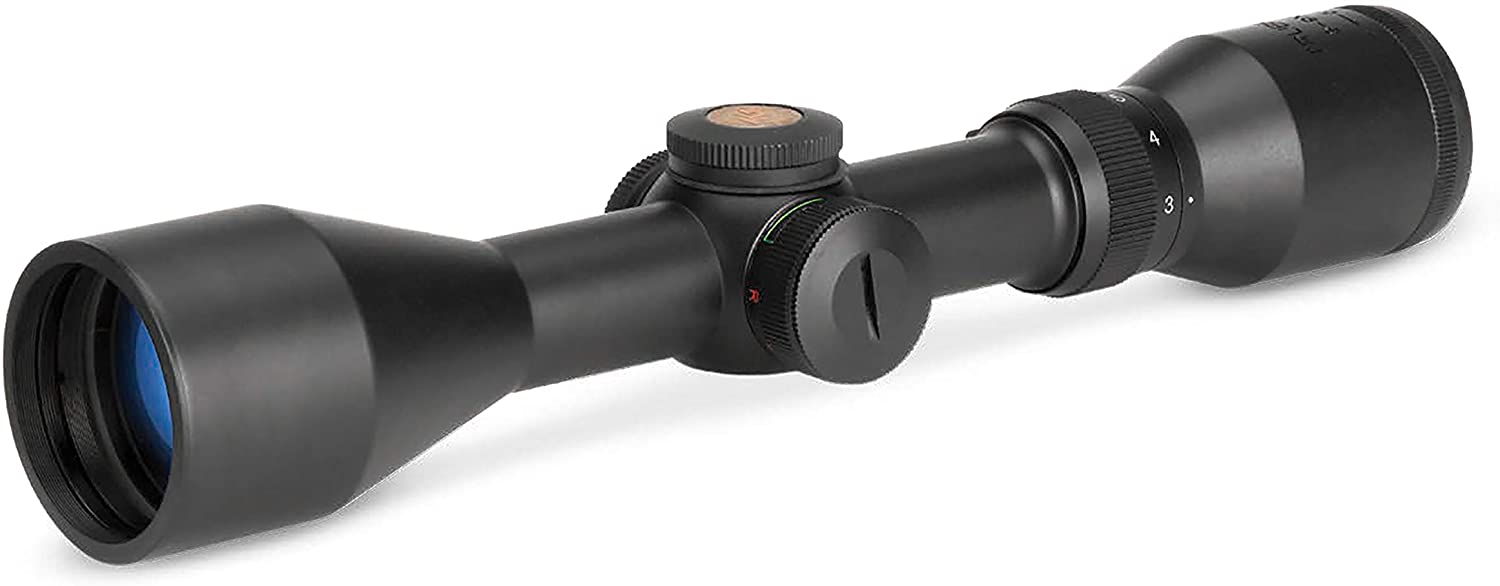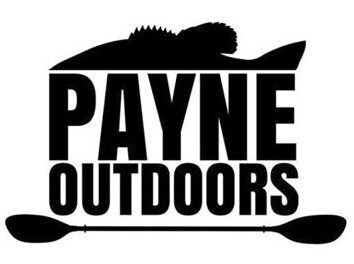
Table of Contents
ToggleBest Scope Selections for Beginning Deer Hunters by Loyal Brezny
When I started hunting deer more than 65 years ago, the gold standards in deer rifle sights were buck horn, surplus military receiver sights, or the Williams or Lyman receiver sights as applied to many home-built or factory-offered deer rifles.
Glass sights as a major move toward acceptance by your average deer hunter did not take hold in great numbers until about the early 1960s.
Yes some scopes were in the field, and snipers who had pressed their Springfields and M1 Grands to work in several wars had educated at least the advanced core group of hunters in the use of a scoped center fire rifle.
Today, there are many deer hunters who have never even drawn a bead on a deer with an iron sight and know nothing but glass on their big game rifles.
That currently being the case, when the new-to-the-sport hunter picks up a rifle and decides to hang a scope sight on it, what needs to be considered in terms of selecting the best glass for the job?
Scope selection
To answer the question there is a need to gain some understanding as to observing the important elements that will dictate success or failure in making that scope selection.
First and foremost, the new hunter needs to decide within which geographic location most of the hunting will take place.
Hunters in midwestern timber country, for example, may need a rifle scope that is fast to mount, lightweight, and does not require a very high magnification.
Whereas another hunter in my end of the world, i.e. mountains and wide-open prairie, would need more magnification, a larger reticle for light-gathering, and even possibly a larger rifle to handle all that advanced glass.
However, with such a large range of common scopes available, in order to answer the question, I have selected two from totally opposite ends of the spectrum.
[Photo 61JK]
Leupold Gold Ring 3X9
The first is the old standard Leupold Gold Ring 3X9, with a wide Duplex reticle.
This is a scope I have shot for 60 years. Mounted on a Winchester Pre 64 Model 70-. I have never re-zeroed this scope in all those years of field use, and I have hunted from California and across the Rockies to central Minnesota over that rifle/scope’s history.
The whole unit is field-ready right now for any day it is needed. Can’t beat that, no how, no way. This scope uses capped turrets and graduations of ¼ MOA when required.
The tube is one inch and fits standard receivers on big rifles very nicely. One-piece construction aircraft grade aluminum, hand-set glass (NOT GLUED), and the 40mm bell pulls in light right down to the final second of legal shooting time.
This is now an advanced feature because of modern engineering, as in the Leupold Twilight Light Management System that has been installed in the newer models of the 40mm Gold Ring scope.
Almost regardless of the brand, using the 3-9X40 is the gold standard in deer hunting optics. The high-power setting is more than enough for ethical shots down-range, and the low power is great for timber hunting at close range.
About the only area of a possible problem here is the use of this class of scope on a small receiver rifle. In this case, moving to a compact design is suggested, and I shoot an old steel tube Weaver 4X on my side-mounted Model 94 Winchester 30-30.
This is an outstanding solution in glass for the carbine, scout rifle, or other tight package designs in sporting rifles. The Leupold carries all the correct design features when installing a very good glass sight.
Turning to scope number two I will show you an example of a good compact scope for smaller rifles.
[Photo 6115]
TRUGLO Tru-Brite Xtreme
Truglo offers a scope that carries a lighter reticle in both red and green colors. The light system is a major part of the scope, but it also retains the use of lights-out black crosshairs.
The scope uses the BDC system for bullet-drop compensation and is built with the 44mm bell housing for greater light-gathering abilities.
It is built for smaller receiver rifles, including bolt- and lever-action rifles. The system is also used on AR-style rifles with, again, smaller receivers. And at the compact level, it is good for brush country hunting, where shooting can be fast and range-short.
Drop to the 3X position on the scope’s turret and pull up on 50-yard moving deer with ease. Move up to the 9X position and take that buck moving up the hillside at 300 yards before he crests the ridgeline.
Smaller, flexible, and easy to use with closed turret setting at ¼ MOA adjustments for zero, the easy-to-learn BDC bullet-drop system will get the job done.
About the only other thing I would think about is a scope with a small reticle exit size, and no bell housing at all. That would even be faster on a short rifle like a Henry, Marlin, or Winchester 30-30 lever gun.
That stated, however, I shot a French sniper’s loner 7X57 Norma rifle in Russia with a massive 55mm bell scope on running, and at times charging Russian boar. I needed all the scope field of view I could get on that job.
Choice, my friends. It all comes down to choice.
About Loyal Brezny
L.P Brezny has been writing and reviewing product as well as how to projects for the past 50 years. He has authored four books on shooting with three on long range, and one covering shotgunning. With 26 years on a metro police department as a street officer and the rank of SGT / training L.P. has covered all the bases regarding weapons and street survival.
During the early years in non-toxic shotshell ammunition development L.P. designed the first successful measurement system for recording the speed of shot shell payloads down range. He was responsible for getting actual shotshell velocities printed on factory load boxes. Over the years he has developed and markets MetroGun System TM, and sells his designed ammunition for subsonic sound suppressed shotgun shooting.
Current L.P. resides in the South Dakota Black Hills and spends a good deal of time working through many types of ammunition both in the field on warm targets. With ultra long range being a current specialty L.P. shots for test and accuracy at ranges as great as one or more miles on the wide open Dakota grasslands.
